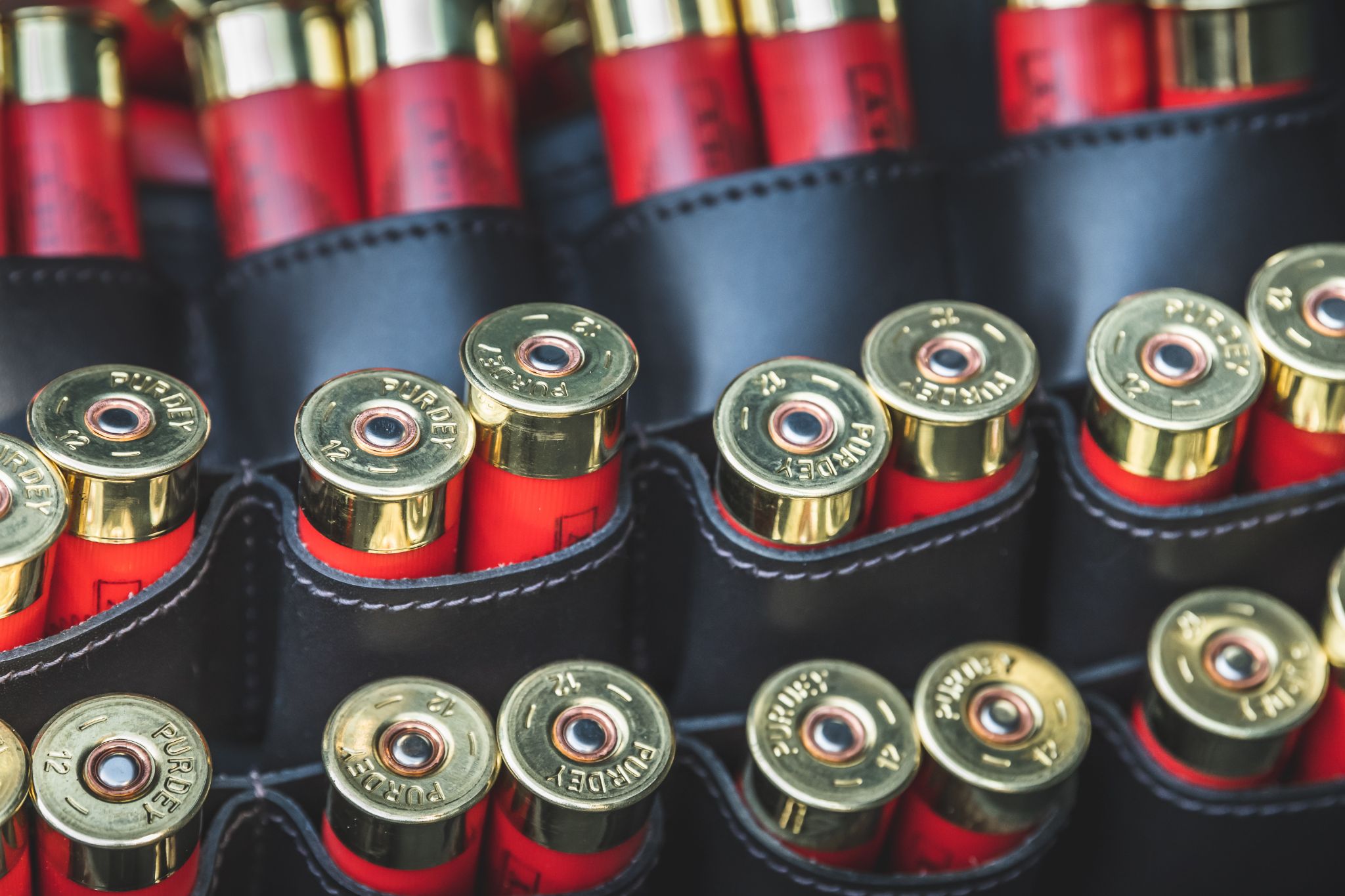
Tracer bullets enable shooters to see the bullet in flight for sight correction, signaling, and more accuracy while shooting. However, the pyrotechnic streak they produce allows the opponent to track the line of pyrotechnics back to the shooter, revealing the shooter’s location.
This is why several gun engineers are working on developing a new sort of tracer cartridge that will serve its purpose during the day and night and increase shooter accuracy and keep Soldiers safer by minimizing their visible signature. But you don’t have to become an engineer just to make your own tracer round, especially when you opt for a 22 LR tracer round.
There are many websites offering tutorials on how to make 22 LR tracer rounds, or if you want, you can stick around, and we will show you how to make a homemade .22LR tracer round ourselves. You might want to grab your pen and take note of this 3 step process in creating a tracer round yourself.
1.Prepare the Chemicals.
When making a DIY 22LR Tracer round, the chemicals are the most critical component. Barium nitrate, hexachloroethane, powdered shellac, and mesh powdered magnesium 100 are the basic materials you’ll need to make a green tracer. If you want to create a red tracer, combine strontium nitrate, hexachloroethane, 100 mesh powdered magnesium, and powdered shellac.
Barium peroxide, 100 mesh ground magnesium powder, and powdered shellac combined together create an amber tracer. In addition to barium peroxide, 325 mesh magnesium powder, and powdered shellac, it is important to take note that the igniter requires barium peroxide, 325 mesh magnesium powder, and powdered shellac.
The chemicals you’ll need are inexpensive, and a pound of everything will cover a lot of 22LR tracer rounds. It’s worth noting that all of the chemical mixes in various hues require magnesium. Because magnesium is the primary component, it burns brightly. Keep in mind that magnesium must be added after all of the components have been combined.
2.Prepare the following tools
After you’ve gathered all of the ingredients, it’s time to get the tools you’ll need to make a 22Lr tracer round. You’ll need to collect the tools you’ll need to make 22LR tracer rounds. Rubber gloves, safety glasses, and dust masks are required for your protection. We’ll need raw materials, plastic spoons, and a small weighing scale to make the tracer circular.
To insert the chemical for your tracer bullets, you’ll need bullet drilling gear and drill bits for the rounds. For the actual pressing and loading of the tracer, you’ll need a small hydraulic hand pump, shell holder die, and one-ton arbor press.
3. Now it is time to load all the compounds into the bullet
You can calculate the proper pressing pressure for your goal psi range before starting to load the compound into the rounds of your 22LR. It will assist you in improving your chances of passing your initial test.
Place the pre-drilled round in the die’s hole for the shell holder. To avoid damaging the bullet, make sure the arbor press is centered. Wear hand gloves and use different scoopers for each combination after everything is in place.
Put the chemicals into the shell gently and press them firmly. Allow some room for the igniter mixture because you’ll need to fill the top to the top edge of the bullet. Keep pumping until the desired psi is reached.
That’s all there is to it! Follow these methods, and you can certainly build your 22LR tracer round. Prepare to test your tracer rounds in the line to check whether it works. Expect that you will not be successful on your first three tries, but don’t get discouraged. There are cases where people press the mixture slightly if a large explosion is fired, and the result is that it shatters it inside the round, while Others also push it too firmly. It is a matter of trial and error, so don’t give up easily.